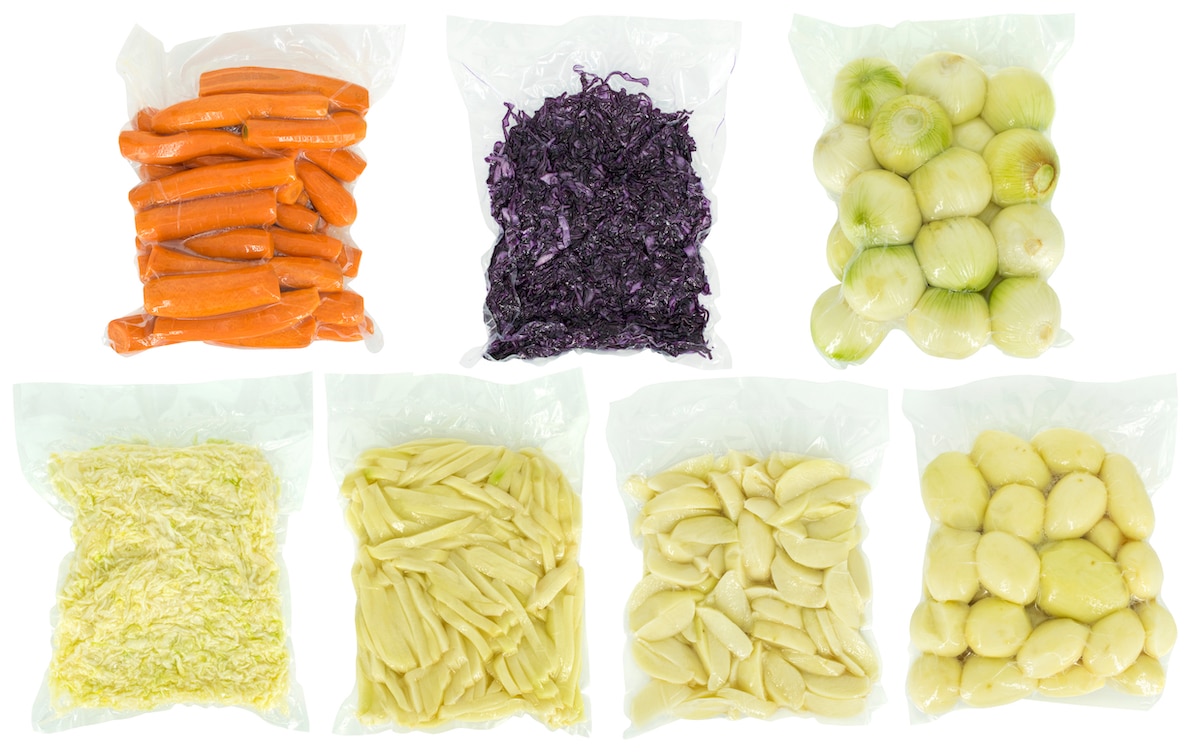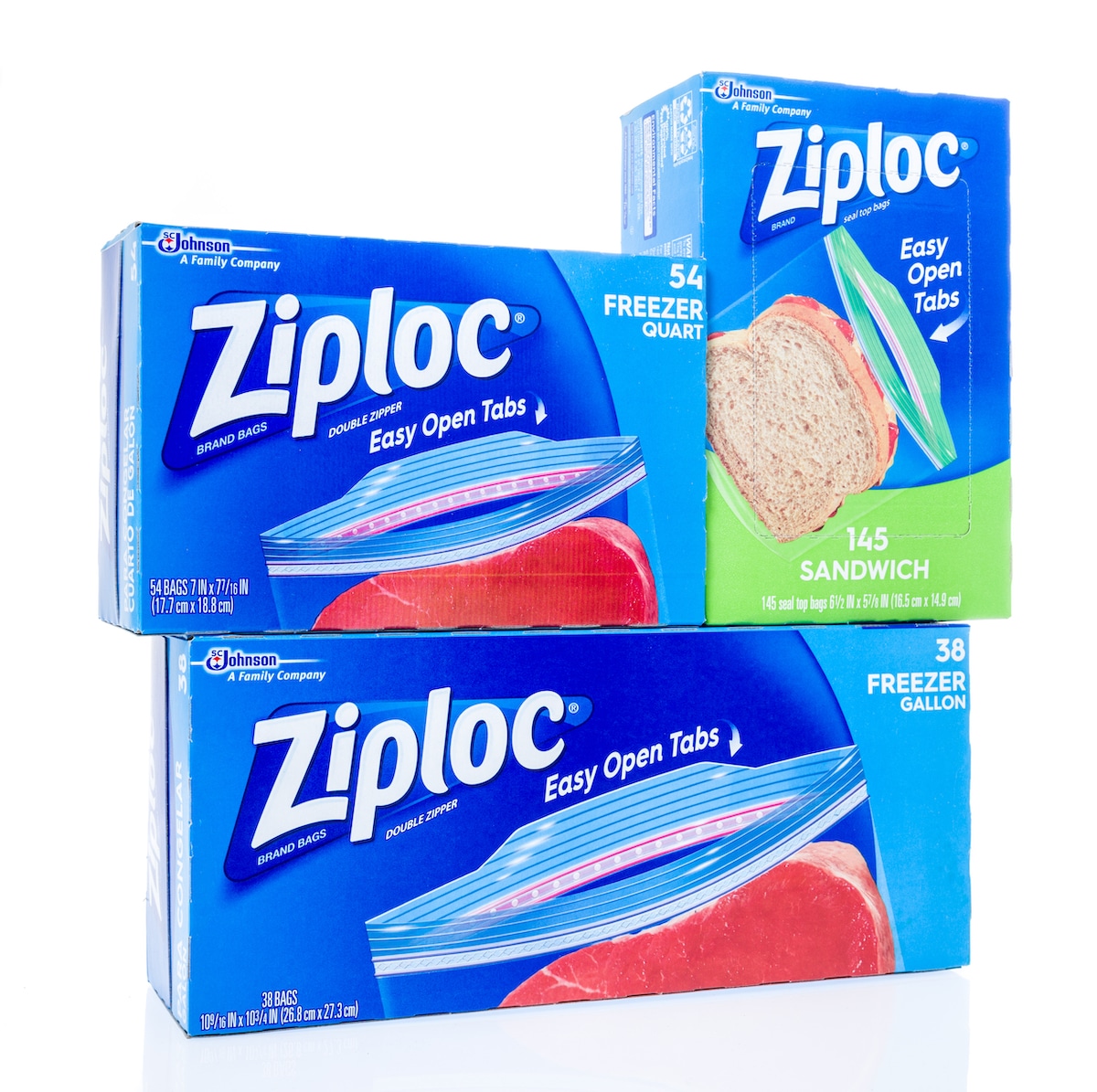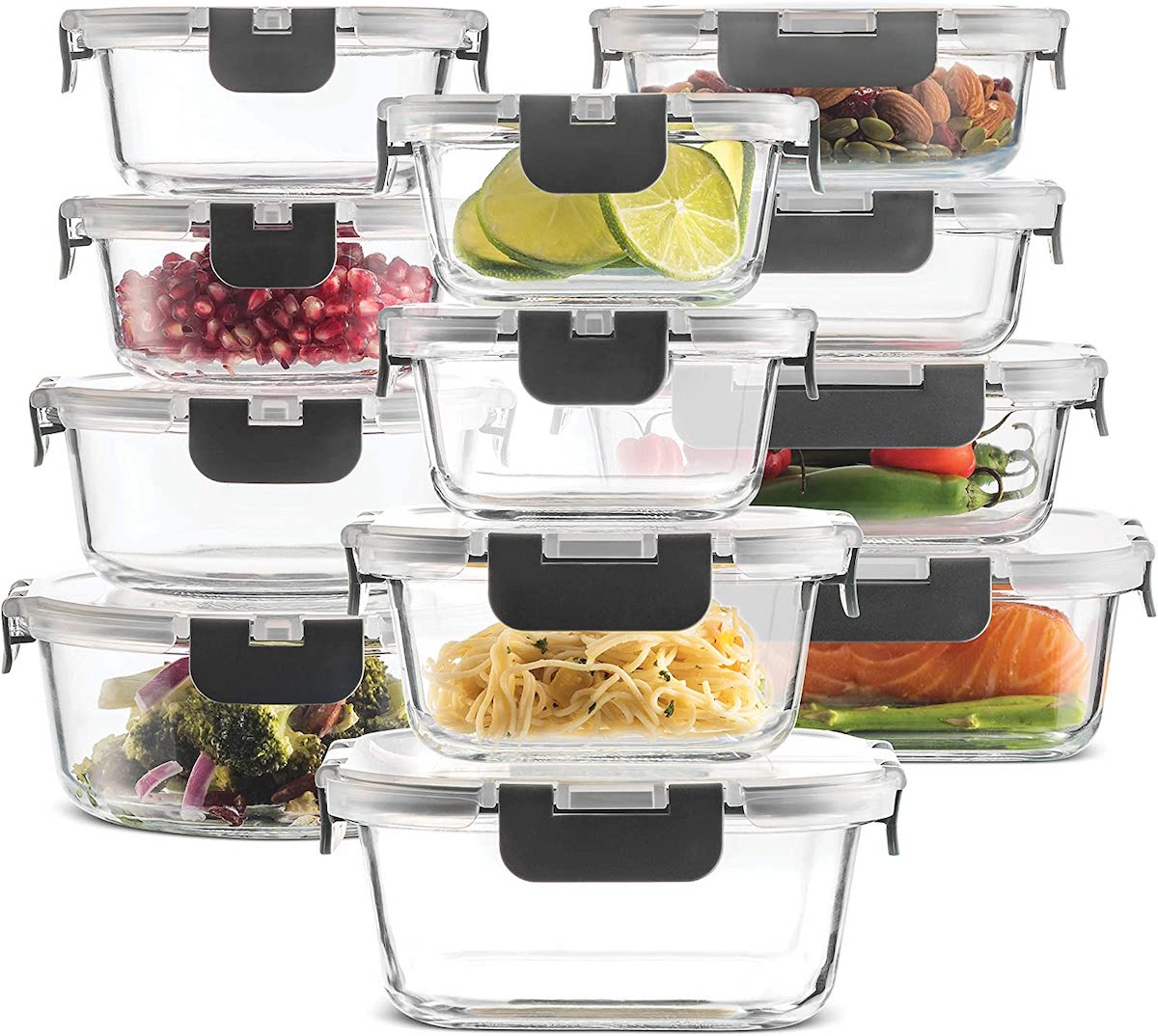Can You Freeze Roasted Vegetables? Yes, If You Do It Right
Roasted vegetables are a great dish that can be used in soups, pasta, couscous salads, casseroles, and more.
They are not only versatile in the number of dishes that can be used, but they are also loved by many. In my home, even my fusspot 4 year old loves them, especially those orange delicious carrots roasted with honey (yum, yum).
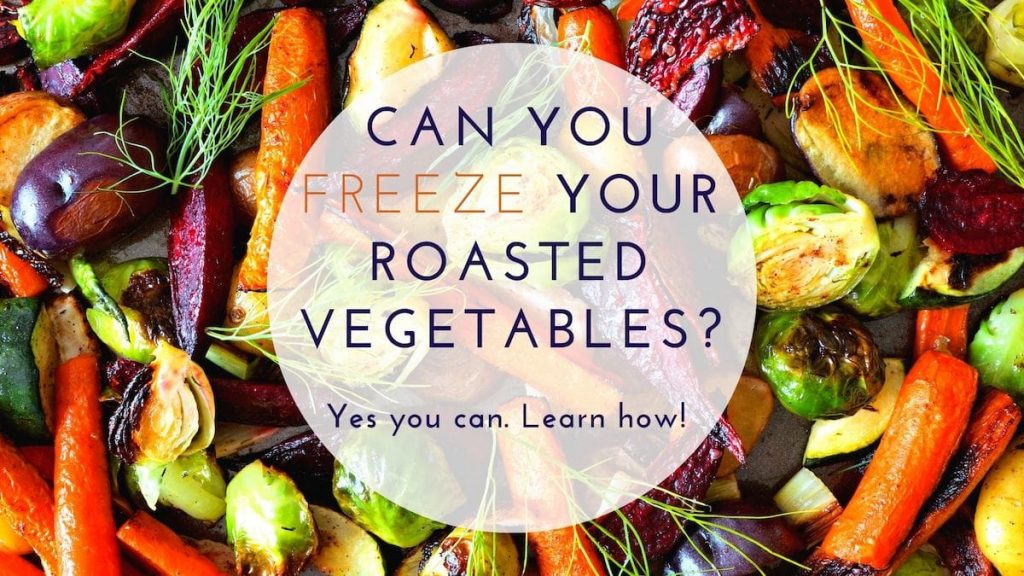
The problem is that roasting vegetables requires a substantial amount of time to prepare and cook, which most people lack. This got me wondering:Can you freeze roasted vegetables?
The answer is yes, you definitely can! Freezing roasted vegetables is a great way to store and preserve them for a quick meal on those busy winter nights, I usually pair them with some couscous and salmon, a great healthy meal in a matter of minutes.
Are you wondering what is the best way to freeze your vegetables in order to preserve their flavor? Or it may be that you are wondering what is the best way to reheat your frozen roasted vegetables? Keep on reading as we answer these and other questions you may have!
Can You Freeze Roasted Vegetables?

As we all know fresh vegetables are something that often ends up in the bin. The ReFed estimates that vegetables account for approximately 20% of the total household wastage in the USA.
With sustainability at the forefront for most of us, roasting and freezing our vegetables is a way to preserve fresh vegetables and avoid wastage. So, yes, you can freeze roasted vegetables, and what is more; most roasted vegetables freeze well.
Vegetables with high water content such as tomatoes, zucchini, peppers, and mushrooms can be roasted and frozen, but their texture will change in the freezing process. It is, therefore, best to mix them in stews, casseroles, or lasagnas.
Vegetables such as potatoes, carrots, and parsnips, freeze well and keep their texture. Providing they are frozen correctly (more on that below), they are great to use as a side dish or in salads.
Roasted vegetables can be stored in the fridge for around 3-4 days and in the freezer for about 6 months.
How To Freeze Roasted Vegetables
Freezing roasted vegetables is not difficult, you won’t need any special tools.
There are 5 simple steps to take:
Step 1: Choose your vegetable right

The freezer will keep vegetables as fresh as when they went in. So to ensure you have a dish full of flavor when the veg’s are reheated; roast vegetables that are fresh, with no bruises or damaged parts.
Step 2: Roast your vegetables

If you are roasting your vegetables to preserve them, I would suggest to undercook them by about 5 minutes. That way when you reheat them in the oven they will finish cooking and you will have the perfect vegetable dish.
If you are freezing your leftovers the chances are that the vegetables have been cooked to perfection. Don’t worry you can still freeze them and reheat them; simply keep an eye on the reheating process as they will need less time than those undercooked.
To roast your vegetables, simply cut them into cubes of similar size, coat them with coconut oil (olive oil will also work), salt, pepper, and oregano (if you want!).
Then spread them out on a single layer on a baking tray and put them in a preheated oven at 400 °F (200 °C) until they are golden brown. Depending on the vegetables being baked this can take between 20 to 45 minutes.
Warning: Not all vegetables require the same temperature or time in the oven. For more information check this article by Epicurios, it is an awesome guide to roast your vegetables to perfection!
Step 3: Cool them down

It is imperative that you let your vegetables cool completely before you freeze them.If not, excess moisture can accumulate in the container from the steam of the hot vegetables, this will then freeze. As you start defrosting them, that excess moisture will be passed to your vegetables making them soggy.
I would also suggest you remove your vegetables from the tray they were cooked in before they cool down. That tray will have oil on it, leaving the vegetables in that oil for a long period of time will make them go soggy. If the vegetables are soggy when they go into the freezer, the likelihood is that they will be soggy when reheated.
Step 4: Divide into portions

I like to divide my roasted vegetables into small portions in freezer-safe containers (more on this below). This way I will only defrost what I need when I need it.
However, Some people prefer to have all the vegetables together. If this is your case flash freezing is for you. Step 5 will explore this a little bit further!
Step 5: Freeze

As mentioned above you can freeze your vegetables in individual freezer-safe containers or in one large freezer-safe container, if vegetables are flushed freeze.
What is flush freeze? It is the process of freezing your food quickly with extremely low temperatures.
To do this at home spread your vegetables on a baking sheet, or tray, then freeze them individually. Leave them in the freezer for approximately 2 hours, then transfer them to your large permanent container.
Warning: Leaving the vegetables on the sheet or tray for long periods of time will cause freeze burn.
Freezing them individually before transferring them into a freezer bag is necessary to prevent the roasted vegetables from sticking together. This means you can remove them individually from the larger bag, as you need them.
I have never done this as I find this step unnecessary plus my freezer is not big enough to have trays in it, instead I freeze what I need in individual bags. However, I have spoken to people that are very familiar with the process and they swear by the freshness this method leaves on the vegetables!
If you try, or have tried, flush freezing your roasted vegetables; leave us a comment below and tell us what you think!
Frozen roasted vegetables last in the freezer for approximately 6 months, so date your bags/containers to avoid using the vegetables pass this date. Don’t get me wrong, vegetables that pass that date can still be eaten, but flavors will start to get compromised the older they get!.
I would suggest you also label your vegetable bags with a freezer label or permanent marker. This is so you know what exactly is in each bag. This avoids mystery foods.
What Is The Best Way To Freeze Roasted Vegetables?
Any air in the bag or container will need to be removed before freezing the veggies or the possibilities of “freeze burns” increase.
Freeze burn is when the food has been damaged by dehydration and oxidation. In other words, your vegetables will get discolored and tough. This won’t be harmful to you or your family’s health, but it can make the roasted vegetables less flavorful.
To ensure this does not happen cover your veggies with cling film before adding them to an airtight container or Ziploc bag. Alternatively, place them in a vacuum-sealed bag (no need to use cling film if using this method).
Let’s have a look at the advantages and disadvantages of each of the containers.
Airtight Container
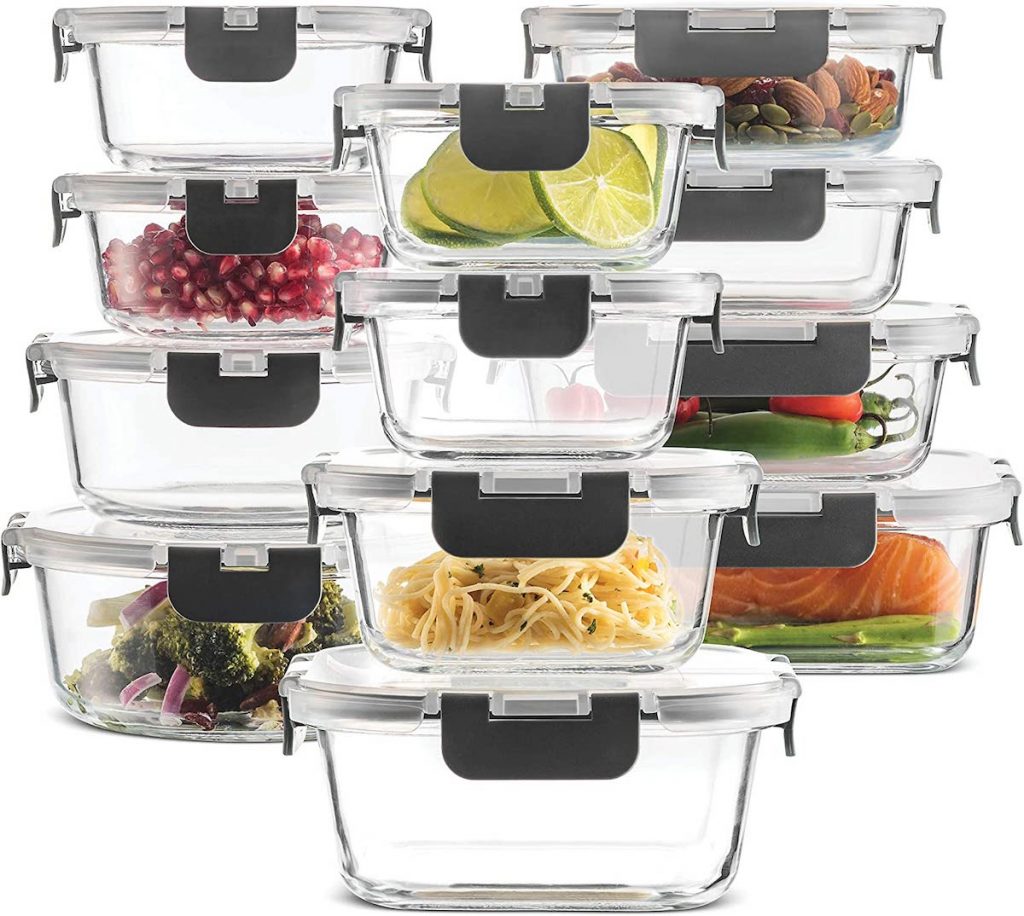
| Advantage | Disadvantage |
|---|---|
| No plastic wastage as they can be reused | It is bulky and can take a lot of space in the freezer and in your cupboard |
| Cheap to purchase. Specially when you consider how many time they can be reused | Sometimes plastic can absorb smells and flavours from other foods. This is especially true if used to store rich flavoursome foods such as spaghetti sauce. If the plastic container has any residues from other foods, this may get transferred into our roasted vegetables; potentially compromising the flavour of the veggies. I would therefore suggest getting glass airtight containers instead of plastic. |
| The food is sealed so no chance of freezer burn | Harmful BPA chemicals transferring into the vegetables if using plastic containers. |
Ziploc Bag
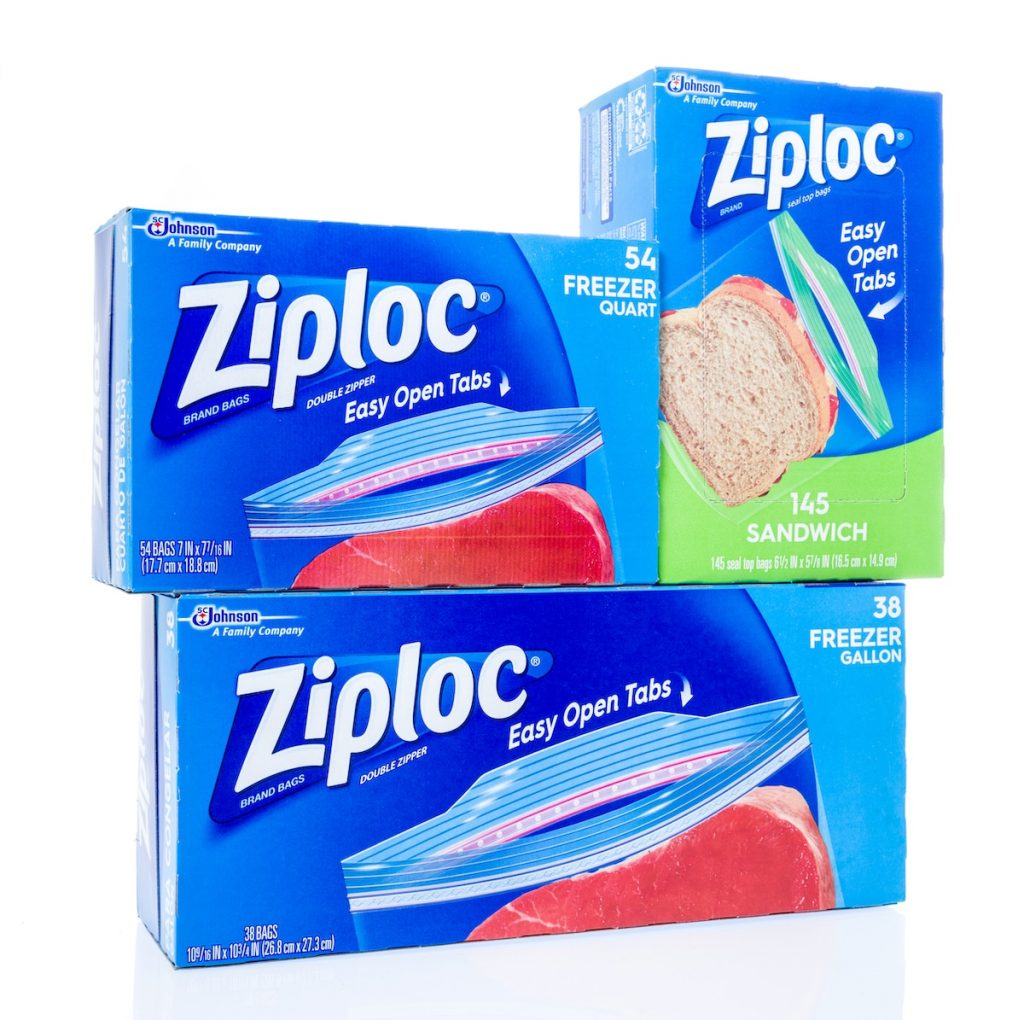
| Advantage | Disadvantage |
|---|---|
| Easy to stack in the freezer | Plastic waste every time a portion of vegetables is defrosted. |
| Cheap to purchase | Plastic can discolor and absorb smells so may not be reusable |
| As the veggies are sealed, it is unlikely to cause freezer burn. | Production of plastic harmful to the environment |
| Easy to organize into different portion sizes |
Vacuumed Sealed Container
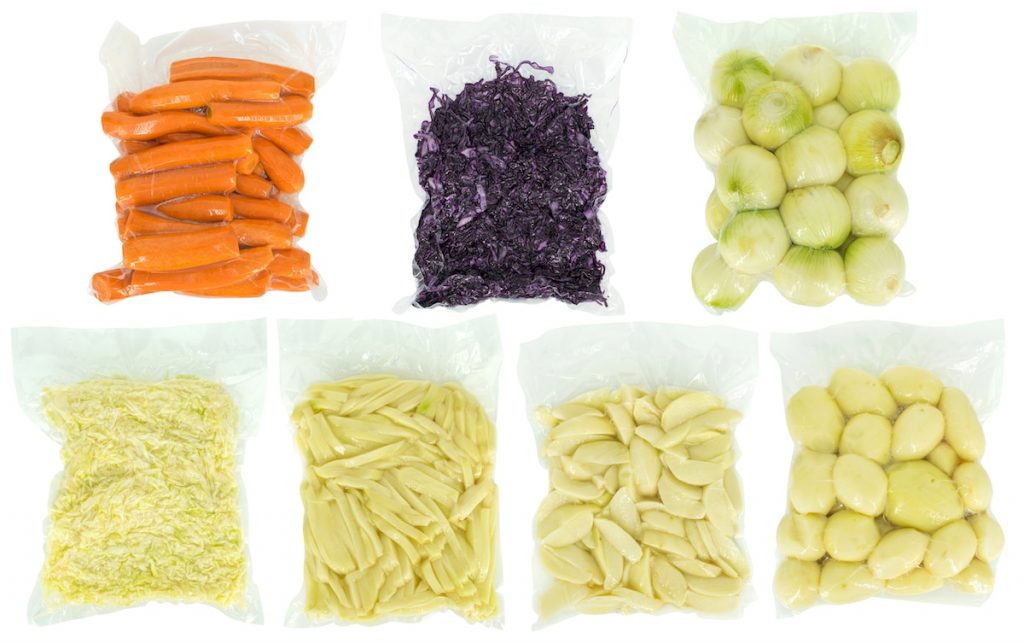
| Advantage | Disadvantage |
|---|---|
| Easy to stack in the freezer | Plastic waste every time a portion of vegetable is defrosted. |
| As the vegetables are in a sealed bag, it is unlikely to be affected by freezer burn. I Love this method as I love how fresh the veggies are left after 6 months of being in the freezer. I found this foodsaver can do just about anything, it can even seal bottles of wine!. |
Plastic can discolour and absorb smells so may not be reusable |
| As the bags are in a roll, you can freeze your roasted vegetables in a variety of bag sizes with minimum waste. | Production of plastic harmful to the environment |
| Easy to organise into different portion sizes | Requirement to purchase vacuum sealer |
| The roll can be expensive. But will last for a long time. |
How To Reheat Frozen Roasted Vegetables.

Reheating your frozen roasted vegetables the right way is critical to how it will look and taste.
You want to make sure you reheat the right way so as not to lay to waste all your efforts in preserving them.
When you need to use the frozen vegetables, remove them from the freezer about 12 hours before use, and thawed in the refrigerator or on the counter.
Lay the thawed vegetables on a baking sheet, drizzle them with olive oil, and heat them over a medium heat (375 0F/ 190 0C).
Ensure the roasted vegetables are reheated by a dry heat method (grilling, sauteing, or roasting), avoid using a microwave as it can turn them to mush.
Conclusion
Roasting vegetables saves time and money. If you have vegetables that are going off, roast them and put them in the freezer. If you have leftover vegetables from your Sunday roast meal, put them in the freezer.
No matter whether you are freezing your roasted vegetables to preserve them, or to store leftovers; either way those vegetables will be great in salads, stews, casseroles or as a side dish.
Simply ensure that the vegetables are frozen in a freezer-safe bag/container, remove all air from the bag/container, and do not leave them in the freezer for longer than 6 months to prevent their test and texture from changing.
This method has changed my life, and is one I recommend to any busy person out there.
Happy roasting!

